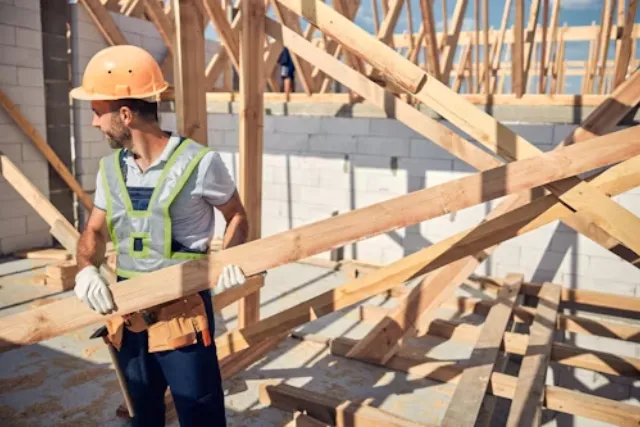
DENVER, July 20, 2025 — Colorado remains one of the top states for new home construction, ranking 13th nationally for housing units authorized in 2024, according to a new analysis by Construction Coverage. But despite a steady pace of permitting, the state’s ability to close its housing gap faces ongoing challenges from labor shortages, rising costs, and longer build times.

From 2022 to 2024, Colorado authorized about 32,185 new housing units, equal to 12.0 units per 1,000 existing homes. That’s above the national average of 10.1, but down sharply — about 33% lower — from the state’s 2022 rate of nearly 18.7 units per 1,000 homes.
While Colorado’s robust permitting activity still outpaces many parts of the U.S., developers say higher interest rates, material price spikes, and an industry-wide shortage of skilled workers are extending project timelines and complicating efforts to deliver new housing stock on schedule.
The data echoes a broader national reality: despite more than 1.48 million new homes authorized nationwide last year, most estimates still peg the country’s overall housing shortfall at between 2.5 and 5.5 million units.
Persistent delays are another drag on supply. The report found that in 2024, 13% of new single-family homes nationwide took more than 13 months to complete, up from 9% in 2019. Longer timelines mean that even when cities like Denver issue more permits, it doesn’t always translate into faster move-ins for families and buyers squeezed by record-high prices.
.webp)
Builders across the Front Range say they are also grappling with workforce constraints worsened by immigration pressures and broader labor market trends. Recent AGC reports show Colorado’s construction sector lost 5,100 jobs over the last year, compounding the challenge of scaling up new development.
At the same time, Colorado’s median home price — currently around $556,482 — remains well above the national median of about $368,000, keeping affordability out of reach for many first-time buyers and renters.
While states like Idaho, North Carolina, and Utah continue to lead the nation in new builds relative to existing housing stock, Colorado’s pullback highlights how even top-tier markets are feeling the pinch from high costs and tight labor.
Policymakers and local leaders say closing the gap will require addressing bottlenecks in both workforce and zoning approvals. Some communities along the Front Range have already begun experimenting with zoning reforms, streamlined permitting, and new funding for infrastructure to speed up development and add diverse housing types.
But builders say progress will be hard to maintain without enough tradespeople on the ground. Industry groups continue to push for broader solutions — from immigration reform to workforce training investments — to shore up the pipeline of carpenters, framers, electricians, and other key trades that keep new homes moving from paper to reality.
Until then, Colorado’s high ranking masks an uncomfortable truth: even as the state builds more than most, it’s still not enough to match demand — and each delay and labor shortfall makes the affordability challenge just a little harder to fix.
For more on where Colorado’s housing market is headed, and how local communities are responding, see the full Construction Coverage report and related updates at FOX31 Denver.
Originally reported by The Daily Sentinel.